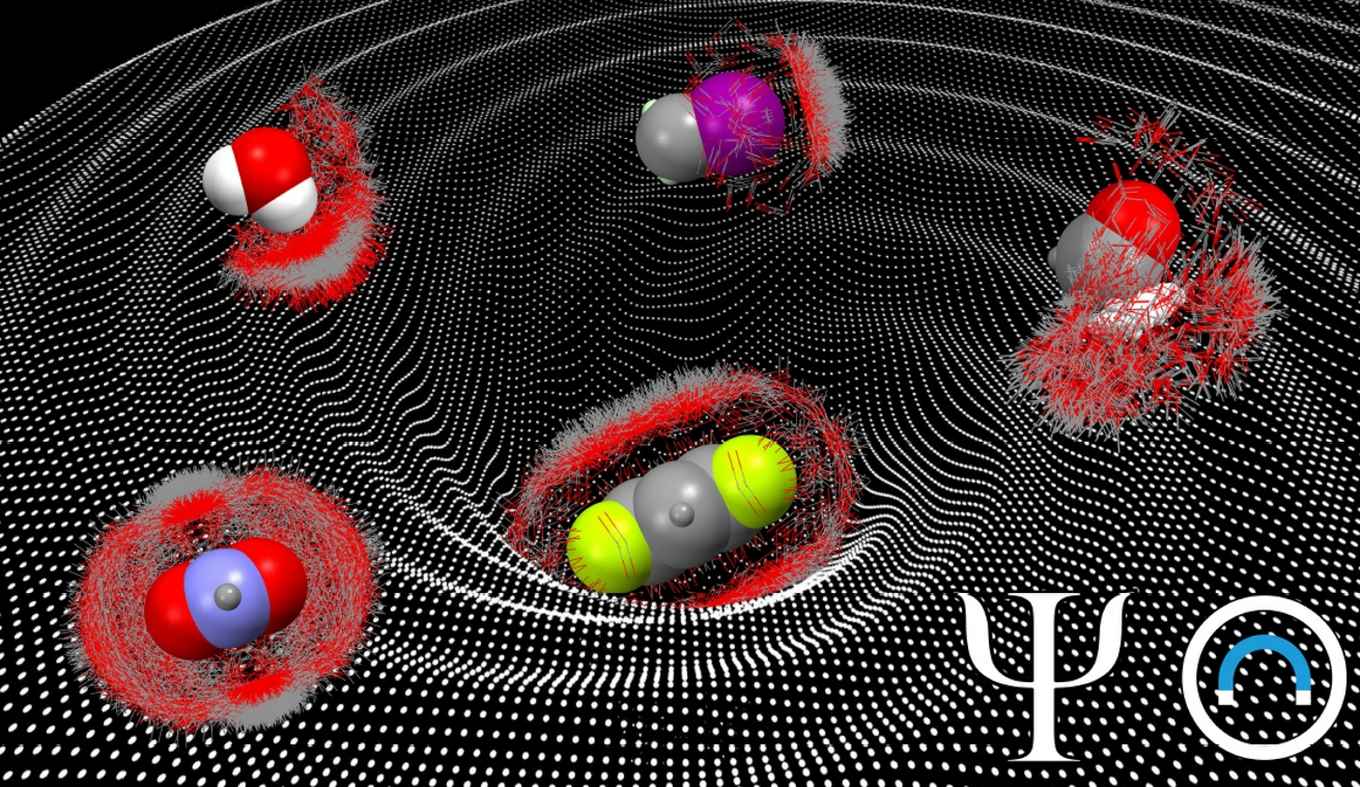Cover of ChemPhysChem features comprehensive evaluation by Tiddo Mooibroek of σ‐ and π‐hole interactions
25 January 2021

Abstract
The interpretation of 36 charge neutral ‘contact pairs’ from the IsoStar database was supported by DFT calculations of model molecules, and bimolecular adducts thereof. The ‘central groups’ are σ‐hole donors (H2O and aromatic C−I), π‐hole donors (R−C(O)Me, R−NO2 and R−C6F5) and for comparison R−C6H5 (R=any group or atom). The ‘contact groups’ are hydrogen bond donors X−H (X=N, O, S, or R2C, or R3C) and lone‐pair containing fragments (R3C−F, R−C≡N and R2C=O). Nearly all the IsoStar distributions follow expectations based on the electrostatic potential of the ‘central‐’ and ‘contact group’. Interaction energies (ΔEBSSE) are dominated by electrostatics (particularly between two polarized molecules) or dispersion (especially in case of large contact area). Orbital interactions never dominate, but could be significant (∼30 %) and of the n/π→σ*/π* kind. The largest degree of directionality in the IsoStar plots was typically observed for adducts more stable than ΔEBSSE≈−4 kcal⋅mol−1, which can be seen as a benchmark‐value for the utility of an interaction in crystal engineering. This benchmark could be met with all the σ‐ and π‐hole donors studied.
Paper
Tiddo J. Mooibroek: DFT and IsoStar Analyses to Assess the Utility of σ‐ and π‐Hole Interactions for Crystal Engineering ChemPhysChem 2021 Vol.22, Issue 2 DOI: 10.1002/cphc.202000927
Mooibroek dedicates his paper to all scientists and essential workers that contributed to mitigate the crises that ensued after the outbreak of the Corona virus ‘SARS‐CoV‐2’.